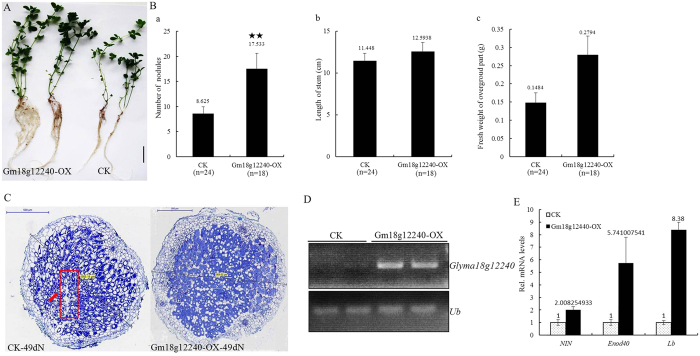Figure 7. Effect of Glyma18g12240 overexpression on symbiosis in L. japonicus.
(A) Symbiotic phenotypes of transgenic plants 49 days after inoculation with M. loti. MAFF303099. Hairy roots expressing vector pU1301 served as controls. Two independent transgenic plants were chosen for Photography. Bars = 5 mm. (B) Mean numbers of nodules per plant, lengths of stem per plant and fresh weights of the aboveground tissues per plant with a standard deviation (SD) of L. japonicus expressing pMUb: Glyma18g12240 (Gm18g12240-OX) or the empty vector pU1301 (CK) 49 days after inoculation with M. loti. The numbers of nodules in the scored plants is indicated in parentheses; “★★” indicates a significant difference between them. P-Values, 0.026 (a); 0.362 (b); 0.184 (c). (C) Paraffin-embedded slides stained with toluidine blue in the control and Gm18g12240-OX 49 day post-inoculation (dpi) nodules. The lengths of the two nodules were measured by Pannoramic viewer. The red box and the red arrow indicate a small senescent zone in the control 49 dpi nodules. (D) Semi-quantitative RT-PCR analysis of the transcript levels of Glyma18g12240 in the control and Gm18g12240-OX hairy roots. (E) qPCR analysis of the transcript levels of NIN, Enod40 and Lb in the control and Gm18g12240-OX hairy roots. Total RNA isolated from the root system was used for qPCR. Relative expression levels of NIN, Enod40 and Lb transcripts in Gm18g12240-OX hairy roots were calculated with reference to those of the control hairy roots.

